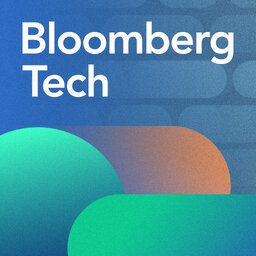Twitter Under EU Scrutiny and Tech Execs Meet with Biden
Bloomberg's Ed Ludlow breaks down the EU's warning to Twitter on disinformation. Plus, the CEOs of Apple, Google, Microsoft and OpenAI dine with President Biden and India's Prime Minister, and Ed takes a ride in a Waymo.
 Bloomberg Tech
Bloomberg Tech


